When summer temperatures climb, nothing quite compares to the refreshing embrace of a pristine lake—that moment when you dive beneath the surface and feel the day’s heat melt away. Beyond their cooling properties, lakes offer a perfect backdrop for everything from peaceful paddling to thrilling cliff jumps.
Here is a list of 15 lakes across America that justify packing the car and hitting the highway this summer.
Lake Tahoe, California/Nevada

Straddling two states at over 6,200 feet elevation, this alpine jewel boasts water so clear that objects can be seen nearly 70 feet below the surface. The lake’s remarkable clarity comes from the surrounding watershed that’s 63 percent protected land, filtering water before it reaches the massive basin.
Emerald Bay on the California side offers perhaps the most photographed vista, with a tiny island and a historic Scandinavian-style castle at its center. The contrast between snow-capped mountains and deep blue water creates a visual spectacle that changes hourly with shifting light and cloud formations.
Flathead Lake, Montana

Remnants of the last ice age, this massive natural lake stretches nearly 30 miles long in northwestern Montana’s glacier country. The water takes on a distinctive turquoise hue from finely ground glacial silt, creating an almost tropical appearance despite the northern latitude.
Cherry orchards line the eastern shore, bursting with fruit in late July and early August. Local legend tells of a lake monster called the Flathead Lake Monster—Montana’s answer to Nessie—with sightings dating back to the 1880s.
Like Travel Pug’s content? Follow us on MSN.
Lake Powell, Utah/Arizona
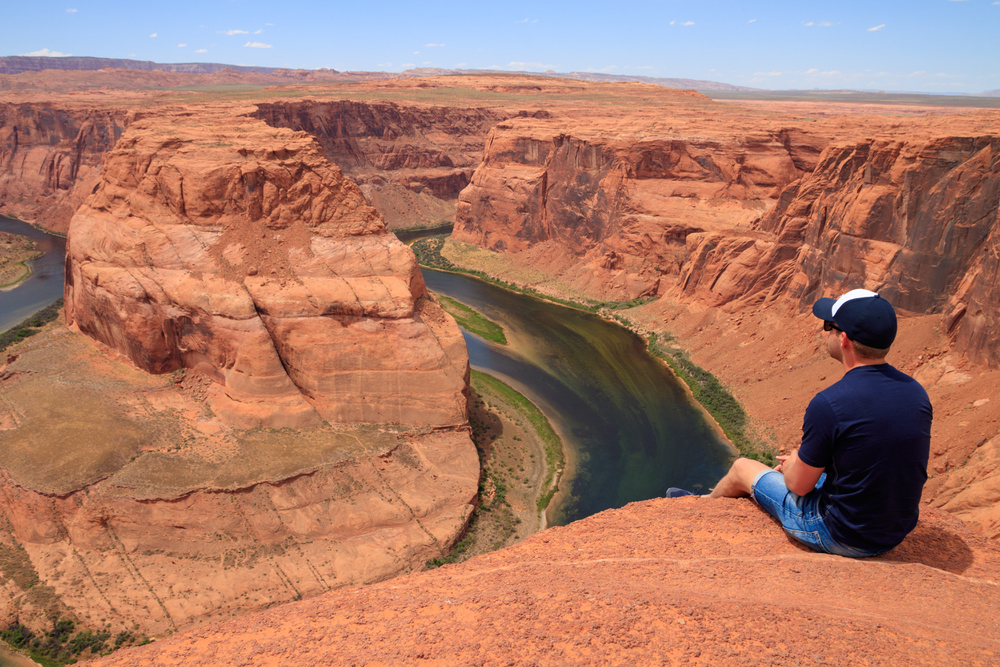
This human-made reservoir on the Colorado River creates a surreal landscape where blue water meets red sandstone canyons. Narrow waterways wind between towering walls, opening occasionally into wide bays where houseboats drift beneath iendlessly expansive skies.
Rainbow Bridge, the world’s largest known natural bridge, sits partially submerged along the lake’s edge. Water levels fluctuate dramatically based on regional precipitation patterns, sometimes revealing ghost forests and ruins that spent decades underwater.
Crater Lake, Oregon
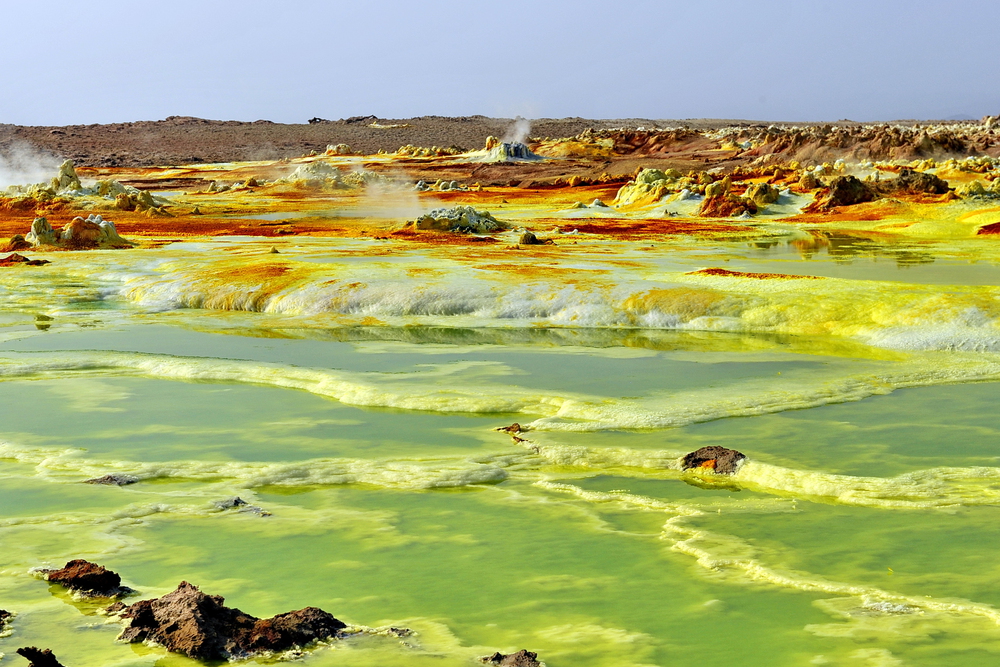
Formed when Mount Mazama collapsed during a volcanic eruption nearly 8,000 years ago, this lake holds the title for deepest in the United States at 1,943 feet. The water’s intense blue color results from its extraordinary purity and depth—there are no inlets bringing sediment; only rain and snowmelt maintain the level. Wizard Island, a cinder cone rising from the water, creates an otherworldly focal point against the caldera walls. Winter brings heavy snowfall that often exceeds 40 feet annually, while summer offers perfect conditions for boat tours around the lake’s perimeter.
Lake Superior, Michigan/Minnesota/Wisconsin

The largest freshwater lake by surface area on Earth creates an inland sea so vast that it generates its own weather patterns. Agate beaches along Minnesota’s North Shore reveal stones polished by centuries of wave action.
The water remains breathtakingly cold even in midsummer—rarely exceeding 60 degrees—preserving shipwrecks in remarkable condition. The lake’s legendary storms have claimed hundreds of vessels, including the Edmund Fitzgerald, whose tragic story Gordon Lightfoot immortalized in song.
Like Travel Pug’s content? Follow us on MSN.
Mono Lake, California
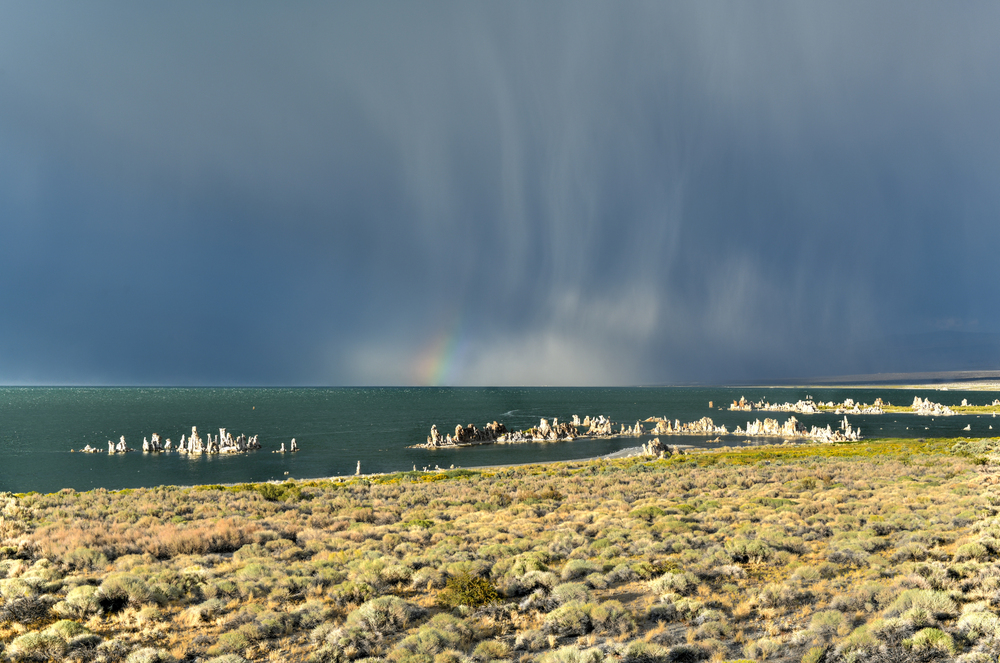
Ancient and highly alkaline, this desert lake east of Yosemite National Park features otherworldly limestone formations called tufa towers that rise from the water like sculptures. The lake supports trillions of brine shrimp and alkali flies that, in turn, feed millions of migratory birds, creating one of California’s most crucial wildlife habitats.
The water feels slippery to swimmers due to its high mineral content—nearly three times saltier than the ocean. South Tufa provides the most accessible viewing area for the limestone formations, especially beautiful during sunrise and sunset.
Lake Chelan, Washington
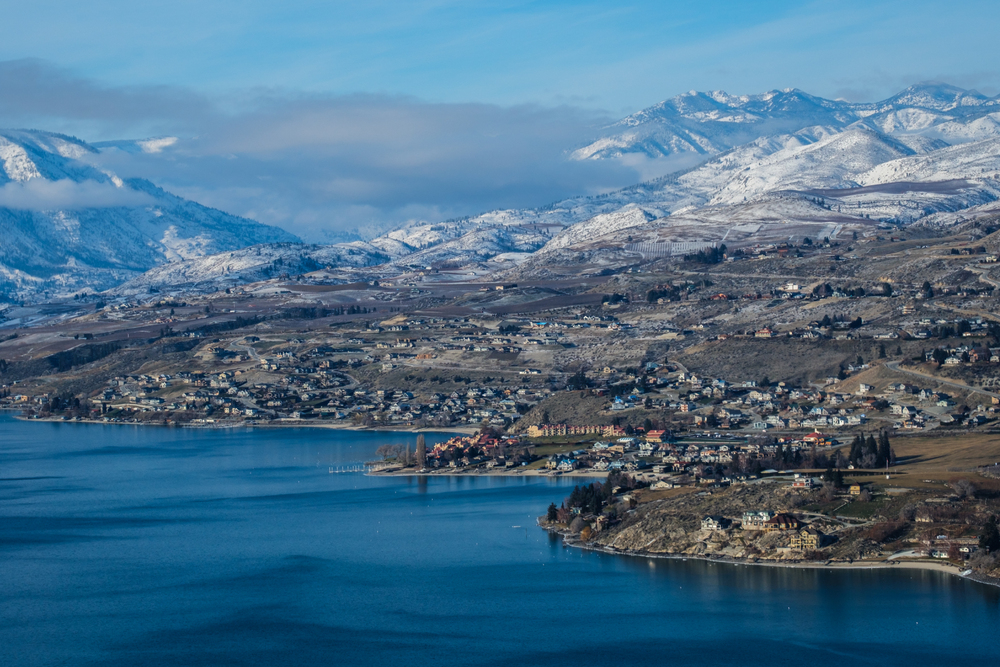
Nestled in the North Cascades, this narrow glacial lake extends for 50 miles, reaching depths of 1,500 feet. The remote northern end can only be accessed by boat, seaplane, or hiking trail, making the village of Stehekin one of the most isolated communities in the lower 48 states.
Vineyards and orchards flourish along the southern shores, benefiting from the lake’s moderating effect on the local climate. The crystal-clear water offers perfect conditions for seeing fish darting among submerged boulders near the shoreline.
Lake Champlain, Vermont/New York

Revolutionary War naval battles took place on this historic lake that forms part of the border between Vermont and New York. The 120-mile-long waterway connects to the St. Lawrence Seaway via the Richelieu River, making it an important transportation route since pre-colonial times.
Burlington’s waterfront offers evening cruises that showcase the Adirondack Mountains to the west and the Green Mountains to the east. Like many large, deep lakes, Champlain has its monster legend—locals call the creature ‘Champ,’ and Vermont law technically protects it as an endangered species.
Like Travel Pug’s content? Follow us on MSN.
Torch Lake, Michigan

Often compared to Caribbean waters due to its striking turquoise color, this glacier-carved lake in northern Michigan reaches depths of nearly 300 feet. The unusual color comes from the high calcium carbonate content, reflecting sunlight in crystal-clear water.
A famous sandbar at the lake’s southern end becomes a social hotspot during summer weekends when boats anchor for swimming and socializing. Despite its popularity, the lake’s substantial size—19 miles long—means quiet coves can still be found for peaceful paddling.
Lake Martin, Alabama

Created in 1926 when the Tallapoosa River was dammed, this reservoir covers 44,000 acres with more than 750 miles of wooded shoreline. Goat Island has become an unofficial gathering spot where boaters tie up and pet the resident goats that roam freely.
Chimney Rock, a popular cliff-jumping spot, rises about 60 feet above deep water, attracting thrill-seekers throughout the summer months. The lake hosts one of the South’s largest natural rookeries of great blue herons, with hundreds of nests visible from respectful distances by boat.
Hanging Lake, Colorado
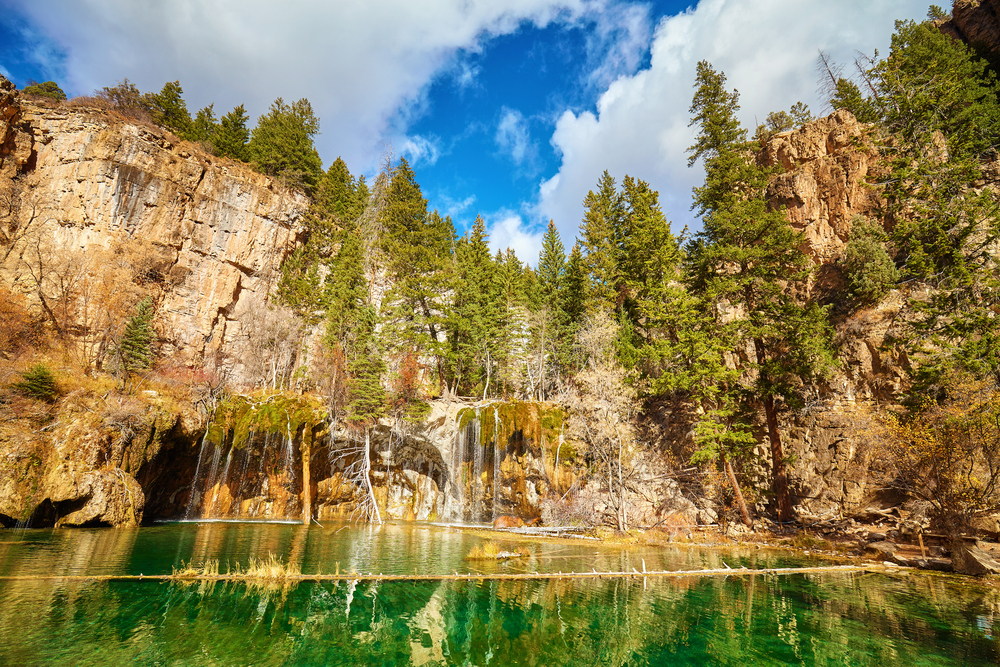
Suspended on the edge of Glenwood Canyon, this travertine lake features crystal-clear water that reveals fallen logs preserved on the bottom. The hanging garden aspect comes from water seeping through limestone deposits, creating constant small waterfalls that feed the lake.
Access requires a moderately strenuous one-mile hike, gaining 1,000 feet of elevation through a stunning slot canyon. Because of its fragility, swimming is prohibited, and visitors must now secure permits in advance to help preserve the delicate ecosystem.
Like Travel Pug’s content? Follow us on MSN.
Echo Lake, New Hampshire

Tucked against the dramatic backdrop of White Mountain National Forest, this spring-fed lake maintains remarkable clarity and comfortable swimming temperatures throughout summer. Cathedral Ledge rises 700 feet above the western shore, providing rock climbers with challenging routes and hikers with panoramic views from the summit.
Fall brings spectacular foliage reflected in the calm morning waters before the day’s wind ripples the surface. The lake inspired numerous paintings during the White Mountain art movement of the 19th century.
Lake of the Ozarks, Missouri
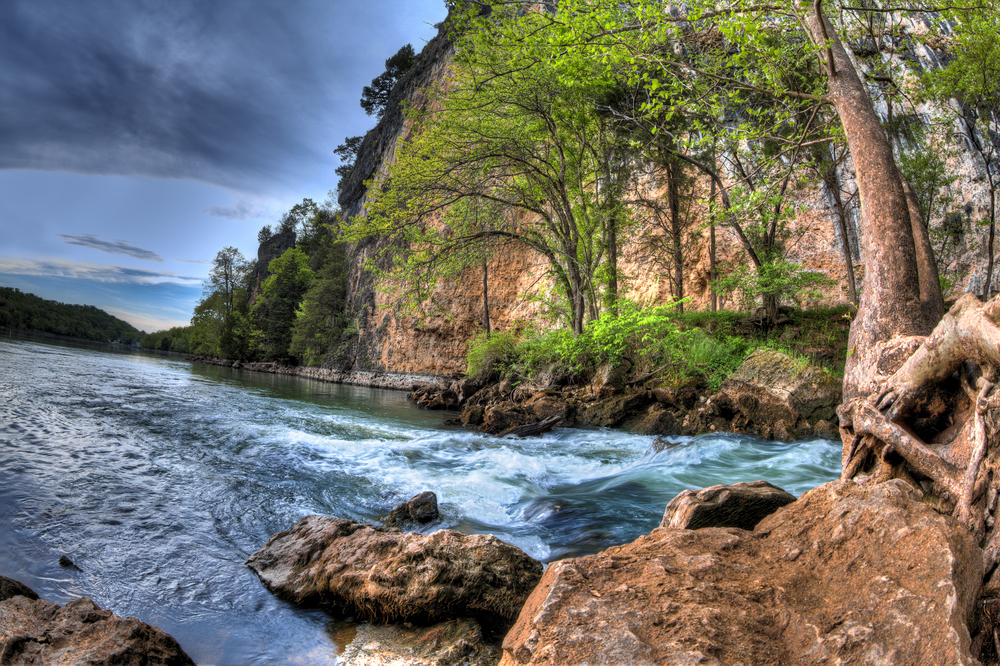
Created in 1931 with the completion of Bagnell Dam, this massive reservoir features more shoreline than the entire coast of California due to its serpentine shape. Nicknamed ‘The Magic Dragon’ for its twisting outline visible from above, the lake has evolved from a rural getaway to a major recreation destination.
Hidden coves provide peaceful alternatives to the bustling main channel, where powerboats create constant wakes during peak season. Natural caves dot the shoreline, some accessible only by water and others now developed into tourist attractions.
Diablo Lake, Washington
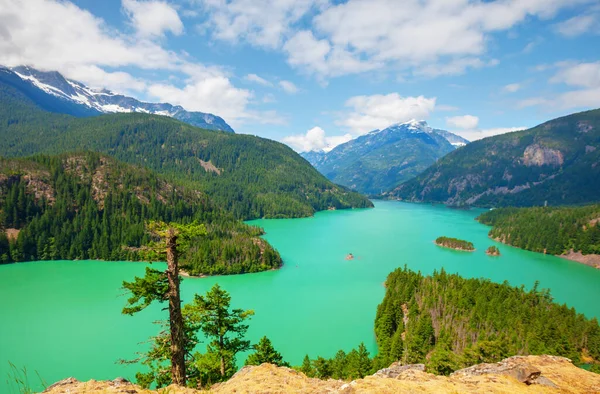
Part of the Skagit River system in North Cascades National Park, this reservoir’s distinctive turquoise color comes from suspended glacial flour—rock particles so fine they don’t settle to the bottom. The surrounding peaks rise dramatically from the shoreline, creating one of the most photographed mountain lake scenes in America.
Canoeists and kayakers paddle past small islands that were once hilltops before the dam’s completion in 1930. The Diablo Lake overlook along North Cascades Highway provides an easily accessible viewpoint for those unable to reach the water.
Like Travel Pug’s content? Follow us on MSN.
Canyon Lake, Texas

One of the four Highland Lakes on the Guadalupe River, this reservoir sits amid the limestone hills of Texas Hill Country just northwest of San Antonio. The lake’s crystal-clear water reflects cedar and oak-covered hills that rise steeply from much of the shoreline. Dramatic underwater topography creates both shallow swimming areas and deep fishing spots within short distances of each other.
The Gorge overlook trail provides hikers with views of the spillway that created Canyon Lake Gorge during a major 2002 flood event, exposing 110-million-year-old dinosaur tracks and ancient seabed formations.
Water’s Timeless Appeal
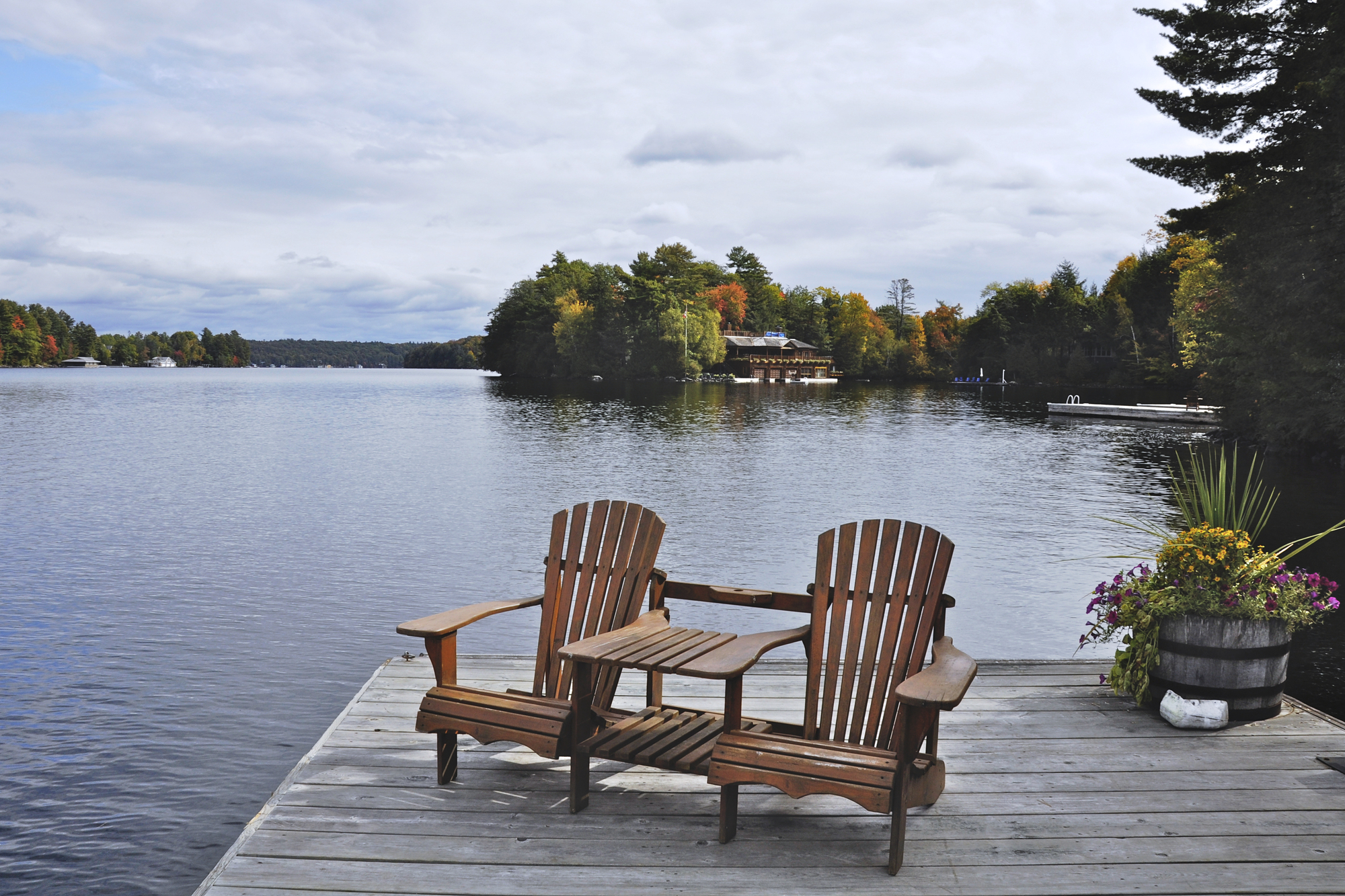
Lakes connect us to something primal—our fundamental need for clean water and the psychological comfort of seeing to the horizon. Whether they form naturally through glacial action, volcanic activity, and river processes or come into existence through human engineering, lakes create microclimates and ecosystems that draw us back season after season.
The perfect lake day etches itself into memory: the morning mist rising off still water, the afternoon’s warm plunge into cool depths, and the evening’s alpenglow reflected on a glass-like surface. These fleeting moments justify every mile of the journey to reach these inland shores.
More from Travel Pug

- Cities Growing so Fast You Won’t Recognize Them in 10 Years
- 13 Destinations Where Tourists Regularly Regret Their Trip
- 16 U.S. Cities That Are Quietly Becoming Travel Hotspots
- Where to Travel If You Love Long Bus Rides and Daydreams
- 20 Cities Perfect for Solo Travelers Who Crave Adventure & Culture
Like Travel Pug’s content? Follow us on MSN.
